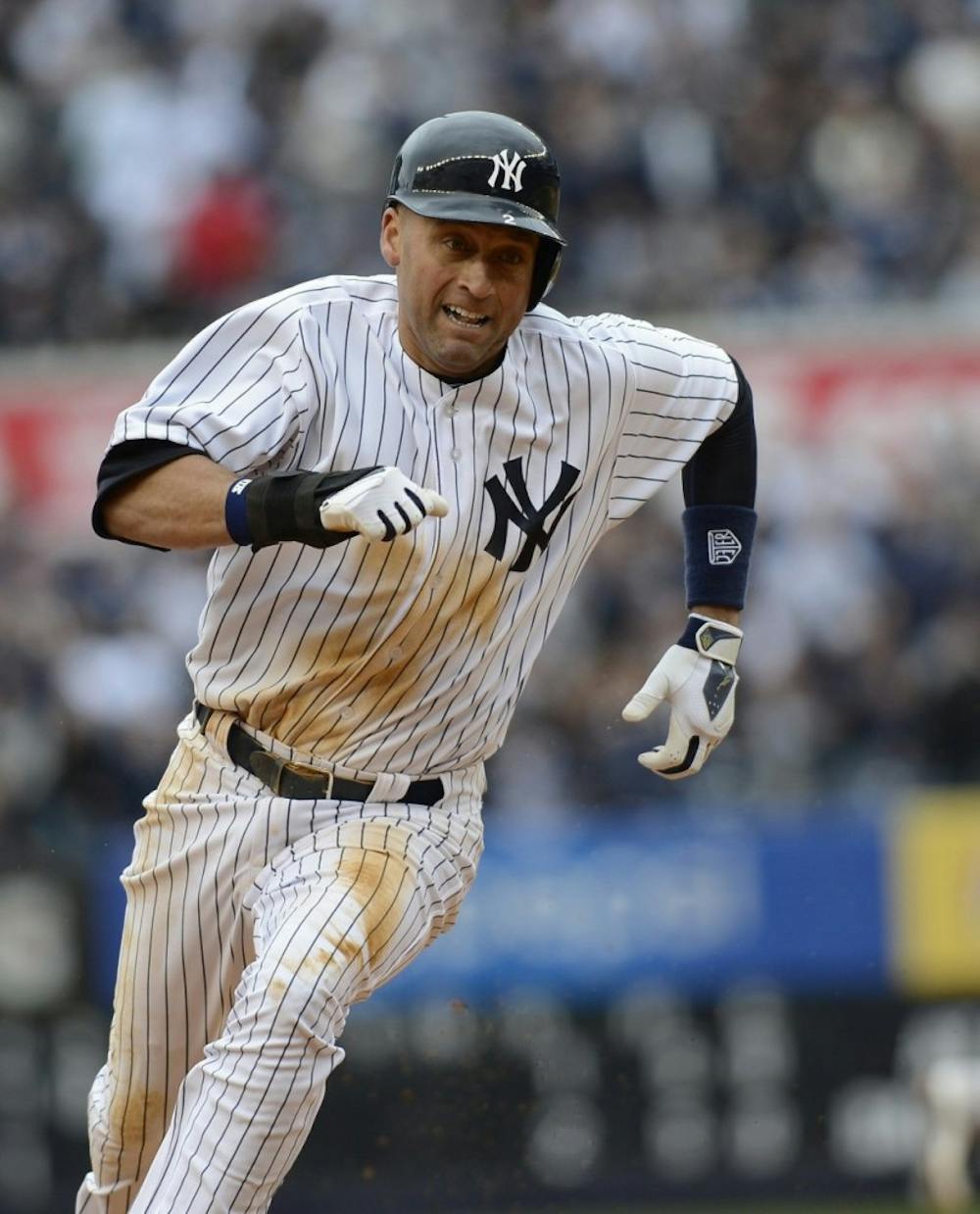The New York Yankees are 11-8 in Major League Baseball’s opening month, which doesn’t sound like a cause for celebration. But with a struggling offense and a rash of injuries to key contributors, including closer David Robertson, who suffered a left groin strain and was sent to the 15-day disabled list on April 7, the Yankees are fortunate to have not lost ground in the American League East.
Remarkably, and also somewhat improbably given everything that’s been stacked against them, the Yankees sit atop the American League East Standings and are tied for the second best record in the league behind the Oakland Athletics at 13-5.
So how have the Yankees won 11 games? Well, it hasn’t been their offensive firepower. To be fair, the Yankees are hitting a very respectable .280 as a team, which is 37 points higher than the American league average of .243, and have slugging and on-base percentages that are also well above the American league average at .434 and .333. Yet they’ve scored just 69 runs, or about four runs per game. What’s more is they’ve scored six or more runs just five times and rank near the bottom of the American League with 17 homers.
Their lineup shouldn’t be struggling that mightily with Alfonso Soriano, Brian McCann and Carlos Beltran anchoring the middle of their lineup. Derek Jeter, Jacoby Ellsbury and Brett Gardner are at the top getting on base and providing RBI chances, and Yangervis Solarte is raking at the bottom. Honestly, if we’re being honest, the Yankeees should easily be averaging six or seven runs a game.
So what has kept the Yankees afloat? For the greater part of their 17 games, it’s been their pitching staff’s surprisingly dominant start. One through five, the Yankees rotation has, for the most part, been fantastic. Particularly good have been Michael Pineda and Masahiro Tanaka, both new additions to the rotation in place of Andy Pettitte, who retired at the end of last season, and Phil Hughes, who was not resigned. All Tanaka and Pineda have done is anchored the bottom half of the Yankees rotation like New York had hoped they would. Tanaka, for as much as the Yankees had to cough up to first negotiate with him in Japan and then sign him to a contract, he’s been worth every penny and will likely move up to the second or third spot sooner rather than later.
In fact, New York’s fourth and fifth starters have the two best ERAs on the team at 1.00 (Pineda) and 2.05 (Tanaka), while CC Sabathia, their top-of-the-rotation ace, has had his share of struggles, particularly in his first three starts, in which he gave up at least four runs in each of them. In his last start, on April 17 against the Rays, Sabathia surrendered just two runs in seven innings, and although the usually sturdy Yankees bullpen imploded, it appeared as though Sabathia found his groove and got his mojo back. Hiroki Kuroda, with a 4.07 ERA, and Ivan Nova, with a 5.94 ERA, have rebounded after slow starts to provide quality arms behind Sabathia.
https://twitter.com/ESPNStatsInfo/status/456782299242049536
How do the Yankees keep up their winning ways? First and foremost, they need their bats to heat up and complement their outstanding pitching staff. It will help to have Mark Teixeira’s bat back in the lineup on April 20 after he missed a couple of weeks with a wrist injury. Teixeira’s power bat will be a welcome addition to an offense struggling to drive in the runs they put on.
Another key is for the Yankees bullpen, which, for the most part, has been fantastic, especially on the back end in save situations, which was thought to take a major hit with Robertson’s injury but has not missed a beat with a committee approach to holding late leads.
The Yankees have talent up and down their roster at every position and on both offense and in its pitching staff. If they can get healthy and pick up their offensive productivity to back up their outstanding pitching staff, the Yankees will be difficult to deal with going forward.


